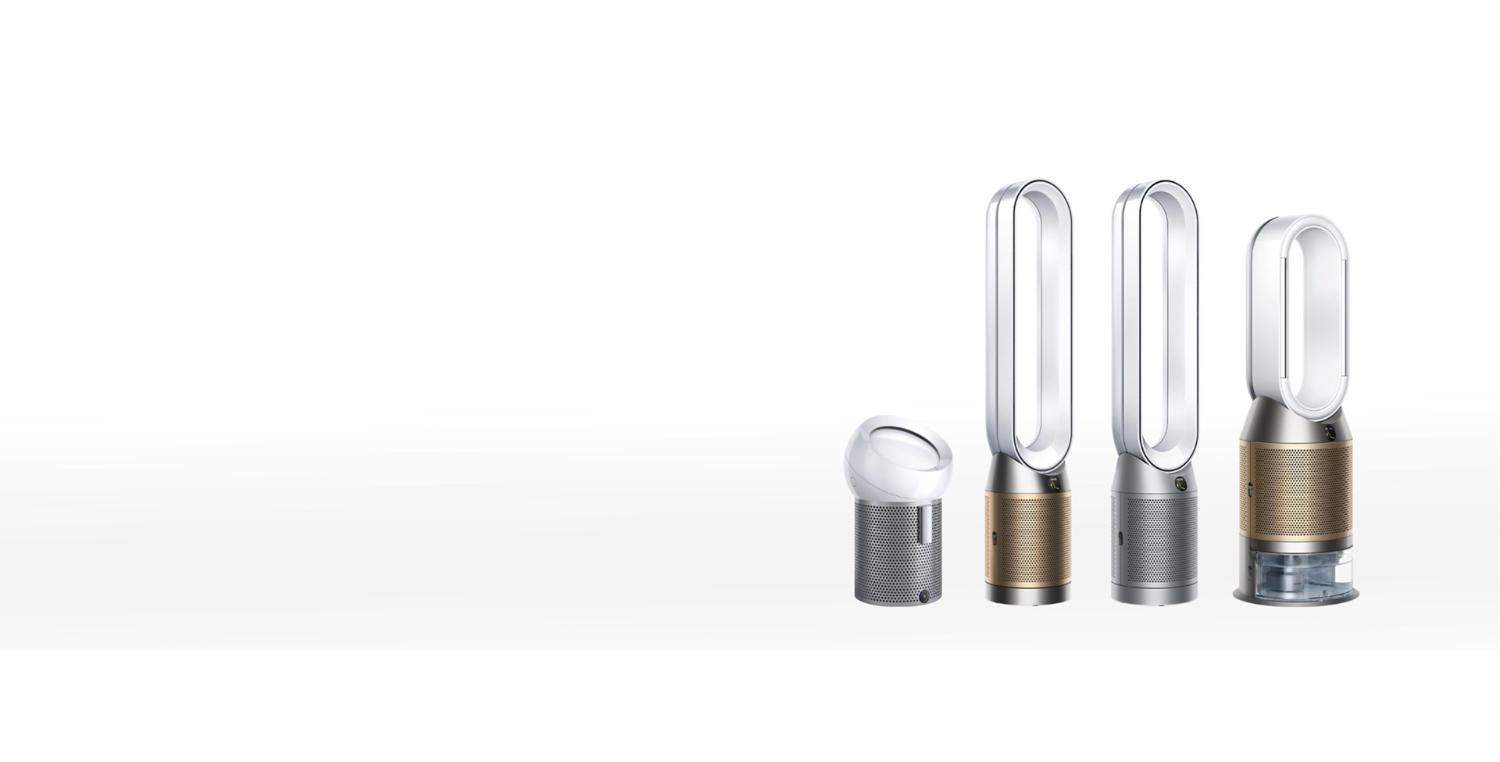Guide | July 31, 2023
What is the pollen count and why does it matter for allergies?
Used interchangeably with ‘pollen forecast’, the pollen count – along with weather conditions – helps forecast pollen levels over the coming days.¹ Technically, the pollen count is the amount of pollen per cubic metre observed during the past 24 hours.
The pollen count plays a crucial role in the lives of individuals suffering from allergies. The higher the count, the greater the chance that people suffering from allergic rhinitis (or hay fever) will experience symptoms. Whether it's seasonal hay fever or year-round sensitivity to certain plants, understanding the concept of the pollen count can help you manage your symptoms.
How is the pollen count measured?
The pollen count is measured in three main ways:
1) Pollen traps: Using specialised devices placed in targeted areas, pollen traps effectively collect airborne pollen. Inside these traps is a spindle with sticky paper wrapped around it. The spindle slowly rotates, drawing in air and capturing particles on the paper ready for counting.¹ The collected pollen is then examined under a microscope and measured per cubic metre of air. The counts are generalised into information the public can use, and forecasts are given as low, moderate or high.
2) Microscopy analysis: Microscopic analysis involves identifying and counting pollen grains collected from samples. Trained technicians use microscopy techniques to differentiate between various pollen types, allowing for accurate measurement of the pollen count for specific allergenic plants.²
3) Pollen count networks: Networks of monitoring stations across regions or countries continuously gather and report pollen count data. These networks use a range of methods, including pollen traps, to collect samples. The data is collected and analysed, providing detailed pollen count information for different areas.³
Factors affecting the pollen count
Several factors influence the pollen count levels, including:
Seasons:
The pollen count fluctuates depending on the time of year. In temperate climates, tree pollen is prevalent during spring, grass pollen during summer, and weed pollen in late summer and autumn.
Weather:
Various weather elements, such as temperature, humidity, wind speed, and rainfall, significantly impact the pollen count. Warm, dry, and windy conditions help pollen dispersal, resulting in higher counts, while rainfall or high humidity temporarily reduces pollen levels.
Geography:
Different regions have distinct vegetation patterns, leading to varying pollen types and counts. Urban areas typically have lower pollen counts due to reduced flowering plant density compared to rural or forested regions.⁴
Impact of the pollen count on allergies
Understanding the impact of the pollen count on allergies is crucial for individuals affected by allergic rhinitis (hay fever) and other pollen-related allergies. Key points to consider include:
Allergic symptoms:
Inhalation or contact with pollen can trigger an immune response in some individuals, leading to various allergic symptoms, including sneezing, nasal congestion, runny nose, itchy eyes, throat irritation, and coughing.
Severity of symptoms:
The severity of allergic symptoms varies based on an individual’s sensitivity to different types of pollen, the pollen count levels, and the specific allergenic plants involved. Higher pollen counts worsen symptoms, emphasising the importance of monitoring local pollen forecasts.
Effective management:
Knowledge of the pollen count allows you to better manage your allergies. By tracking pollen forecasts, you can plan outdoor activities on low pollen count days, keep windows closed during peak pollen times, use air purifiers when indoors, and follow appropriate prescribed medication.
Pollen allergies and asthma:
Individuals with pollen-induced asthma are at risk of asthma attacks triggered by pollen exposure.⁵ High pollen counts intensify asthma symptoms, so asthma patients should be aware of local pollen counts and use prescribed treatment plans.
The pollen count measurement serves as a vital tool for individuals with pollen allergies. Understanding the pollen count, following local pollen forecasts, and avoiding exposure to pollen allows you to proactively manage your symptoms.

Read more
Press contacts
United Kingdom
Email us at press.office@dyson.com
Social media
Twitter: @dyson
Instagram: @dyson, @dysonhair
LinkedIn: Dyson
Facebook: facebook.com/dyson
YouTube: youtube.com/dyson
Sources:
¹Met Office (2023). What is the pollen count? Available at: https://www.metoffice.gov.uk/weather/warnings-and-advice/seasonal-advice/health-wellbeing/pollen/what-is-the-pollen-count
²Met Office (2023). Pollen research to offer hope to hay fever sufferers. Available at: https://www.metoffice.gov.uk/weather/warnings-and-advice/seasonal-advice/health-wellbeing/pollen/could-pollen-research-offer-hope-to-hay-fever-sufferers
³Buters JTM, Antunes C, Galveias A, Bergmann KC, Thibaudon M, Galán C, Schmidt-Weber C, Oteros J. Pollen and spore monitoring in the world. Clin Transl Allergy. 2018 Apr 4;8:9. doi: 10.1186/s13601-018-0197-8. PMID: 29636895; PMCID: PMC5883412.
⁴Met Office (2023). When is hay fever season in the UK? Available at: https://www.metoffice.gov.uk/weather/warnings-and-advice/seasonal-advice/health-wellbeing/pollen/when-is-hayfever-season
⁵NHS (2023) Asthma Overview. Available at: https://www.nhs.uk/conditions/asthma/







